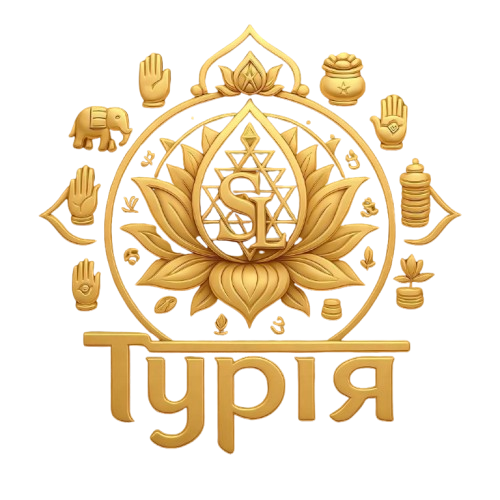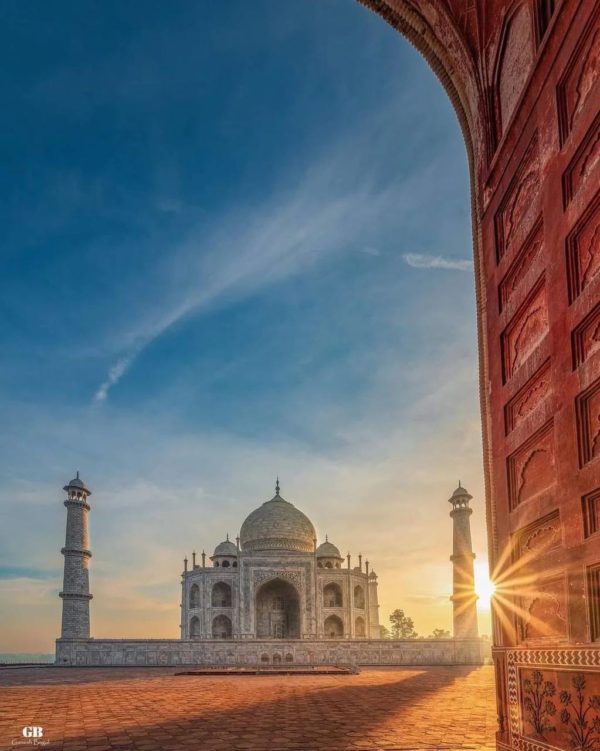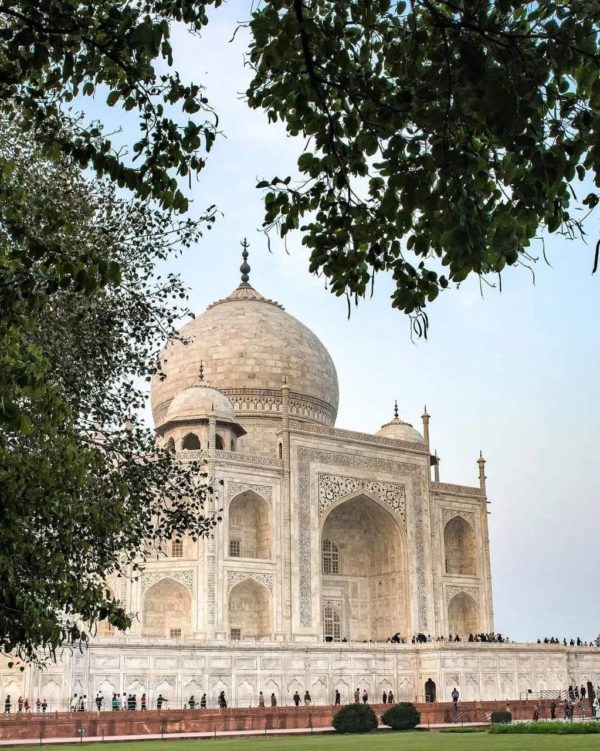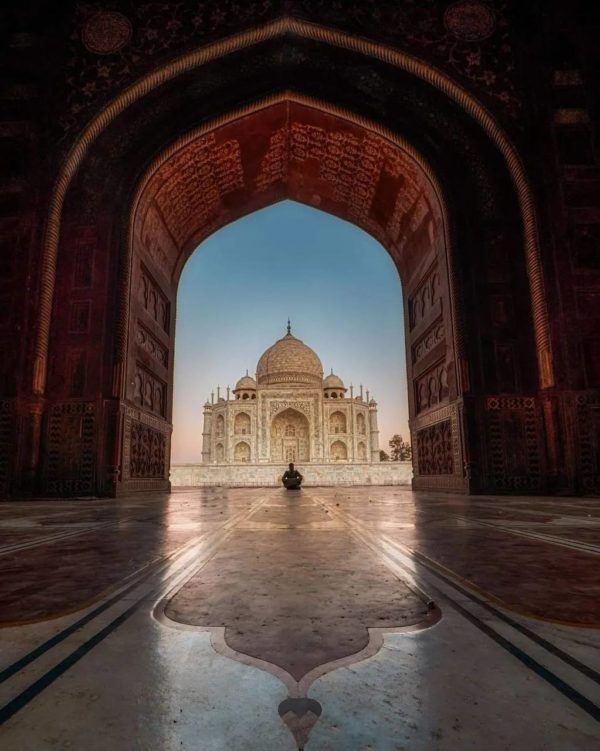THE GOLDEN TRIANGLE OF INDIA
The “Golden Triangle” of Northern India is the most attractive of the eastern destinations, which includes the three most visited cities of this country – Delhi, Jaipur and Agra.
Our specially designed Golden Triangle tour will allow you to get to know the rich cultural heritage and sights of the region.
Dili – Taj Mahal – Jaipur – Agra. (6 nights – 7 days)
About the tour:
The tour can be started at any time and day of the year.
The tour is based on personal departures, thanks to which you can use a private car with air conditioning, stop along the way, rest, take pictures, build your trip according to your own wishes.
Tour route:
DELHI (2 days)→ JAIPUR (1 day) → Vrindavan (1 day) → AGRA (2 days) → DELHI
Tour program:
Day 1 – Arrival at New Delhi International Airport.
Meeting at the airport and transfer to the hotel.
Day 2 – After breakfast, the city tour will continue to see the sights of the perfect combination of Old and New Delhi. The grand sightseeing tour will include visits to the Red Fort, Humayun’s Tomb, the Qutub Minar, the Lotus Temple, a drive down the ceremonial Rajpath Avenue, past the impressive India Gate, Parliament House and the Presidential Residence and will conclude with a drive through the diplomatic enclave. Night at the hotel.
Day 3 – Vrindavan (2 nights)
One of the oldest cities on the banks of the Yamuna, Vrindavan is considered one of the most important pilgrimage sites for Krishna devotees. Lord Krishna is said to have spent his childhood in Vrindavan. The name of the city is derived from the words “Vrinda” (meaning “basil”) and “van” (meaning “grove”), possibly referring to the two small groves at Nidhiwan and Seva Kunje.
Day 4 – Vrindavan
Breakfast, excursion to the Ashram, where Lord Krishna spent his childhood.
Vacation.
Walking along the Yamuna and visiting temples.
Dinner.
Night in Vrindavan.
Day 5 – Agra (1 night)
Agra, the imperial capital of the Mughal Empire, a city in northern India, is home to the iconic mausoleum built for Mughal ruler Shah Jahan’s wife, Mumtaz Mahal, who died giving birth to their fourteenth child in 1631. The vast main courtyard, bordered by four minarets, with massive dome and intricately carved white marble encrusted with precious stones.
This great monument of love is more emotional than any other monument in the world.
Also included in the “Seven Wonders of the World” category.
After breakfast, we will go to Agra by car and visit the Taj Mahal.
The Taj Mahal was built by the Mughal ruler Shah Jahan. This monument took 22 years to build and was designed and engineered by the Persian architect Ustad Isa. Known for its balance of design and perfect symmetry, its elegant domes, intricately carved screens and some of the finest gemstone inlays ever seen.
Then the excursion
AGRA FORT.
Built of red sandstone with its magnificent palaces, halls for public and private audiences and magnificent gardens.
Night at the hotel.
Day 6 – Jaipur (1 night)
Jaipur is the capital and largest city of the Indian state of Rajasthan in northern India.
It was founded on November 18, 1727 by Maharaja Sawa Jai Singh II, the ruler of Amer, after whom the city is named. Today he lives in the city
About 7 million, making it the tenth most populous city in the country. Jaipur is known as the “Pink City” of India.
Breakfast.
Excursion to
Jaipur by car,
about 5 hours.
Evening – rest, shopping and visiting local markets. Night at the hotel.
Day 7 – Breakfast. Tours of Amber Fort (optional elephant ride to the fort), City Palace, Jantar Mantar and Hawa Mahal.
AMBER FORT PALACE. Amber is a classic romantic palace-fort of Rajasthan.
Construction was started by King Man Singh I in 1592 and completed by his descendant Jai Singh I. Its terrifying appearance
contradicts the inner paradise, while the wonderful combination of Mughal and Hindu styles finds its highest expression in the culture of India.
Excursion to:
- CITY PALACE. Occupying one-seventh of the territory of the fortress city, the City Palace was a wonderful blend of Mughal architecture and traditional Rajasthani architecture. It houses the Chandra Mahal, the Sri Govind Dev Temple and the City Palace Museum.
- JANTAR-MANTAR. We will visit the largest and best preserved of the five observatories built by King Jai Singh II in different parts of the country. This observatory, consisting of huge astronomical instruments, is still in use here.
- HAVA-MAHAL. Visiting the “Palace of Winds”, which is a landmark of Jaipur. The palace was built in 1799 by Maharaja Sawa Pratap Singh. It consists of five floors of sandstone, plastered in pink, inlaid with delicate latticework and elaborately designed balconies. The side facing the street outside the palace complex has 953 niche windows, and the wind (hawa) circulating through these windows gives the palace its name and keeps it cool even in the hottest months. It is part of the City Palace and expands the women’s quarters, harem quarters. Its original purpose was to allow royal ladies to unobtrusively observe daily life on the street below
Night at the hotel.


 Українська
Українська Русский
Русский





